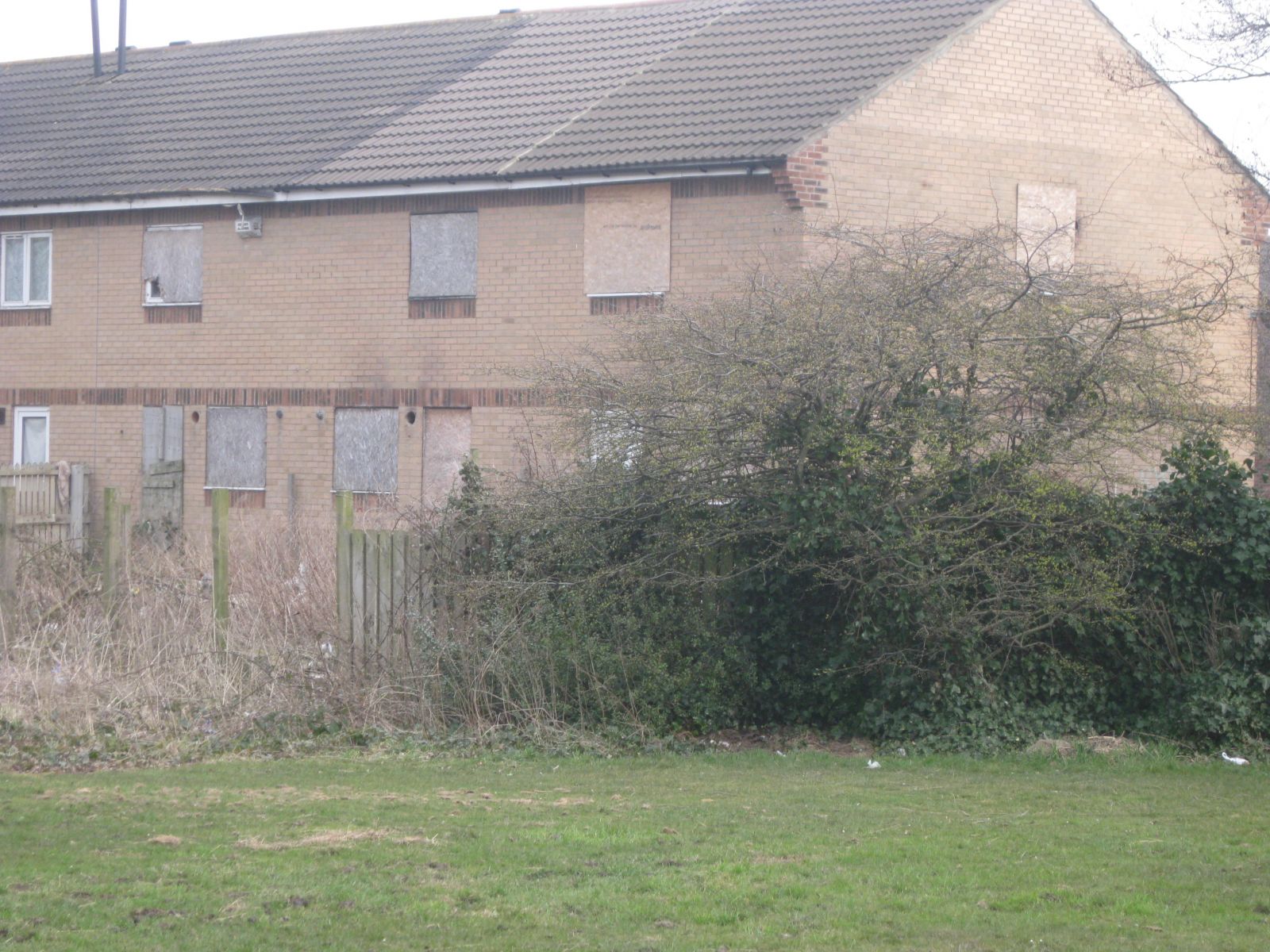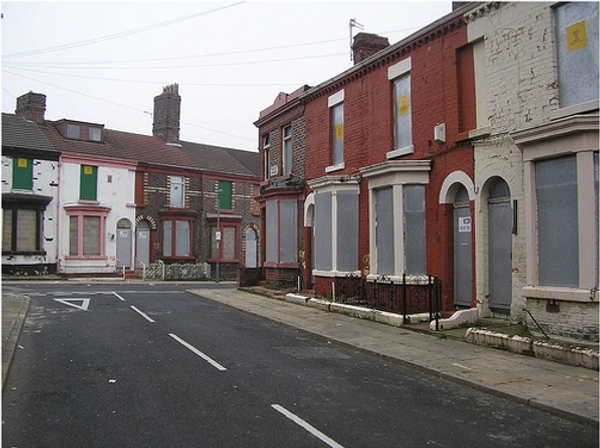| ePOSTER | ||
| Theme: Curriculum Planning / Community Oriented Medical Education |

|
| Abstract Title |
 |
|
| Student clinical learning in under-served, GP community areas | ||

|
Authors: |
Paul Crampton* John McLachlan Jan Illing |
Institutions: | Centre for Medical Education Research, Durham University, UK www.dur.ac.uk/school.health/cmer/ |
1) The current model of undergraduate clinical placements is predominantly hospital based, however students are increasingly placed in community environments where populations are under-served.
The primary driver for this change is concerns about insufficient future general practitioner (GP) numbers.
The prominent issues: lack of student interest, lack of student exposure, and difficulty in access to healthcare, persist for areas including rural and urban, and with higher levels of deprivation.
Community placements aim to give students enhanced exposure to the local patient demographic hence they are often generalist in nature, in primary care settings over long periods.

3) Fifty-four articles were included in the final review. Four main categories were identified:
- Student performance: Student exam scores did not significantly differ by taking a non-traditional under-served area placement2,3
- Student perceptions: Included a deeper understanding of primary care, breadth of opportunity, developing responsibility over time, and integrating with the community4,5
- Career Pathways: The studies found that all students (regardless of background) were more likely to undertake a rural post after a community placement6,7
- Supervisor experiences: Included giving something back to medical education, professional development, and refining practice8,9
Internationally, under-served area placements have produced beneficial implications for students, supervisors, and the community.
I would like to than the John Simpson Memorial fund (Hild Bede College, Durham University) for providing funding for me to attend the AMEE conference.
2) A systematic literature review was conducted to identify the strengths and weaknesses for medical students and supervisors of community placements in under-served areas.
Search terms used were combinations and variations of four concepts exploring:
- GP primary care
- Medical students
- Placements
- Location characteristics
Search techniques: Database searching, reference list checking, pearl (article) growing, use of own sources.
Articles were analysed using a textual narrative synthesis1; this approach allows an encompassing appreciation of studies whilst describing gaps in the literature.

4) The placements identified benefits for students developing their clinical knowledge, confidence, interpersonal skills and increasing the likelihood of them returning to work in the area.
To provide a holistic appreciation of medicine and develop professional capabilities are principles that may benefit all medical students, regardless of their future roles.
There is a growing amount of evidence for rural, under-served areas but there is little in relation to inner-city, deprived areas, and none in the UK.
5) A Durham University pilot programme will allow students to experience the complex issues of primary healthcare in under-served, inner-city, deprived areas.

 Send Email
Send Email